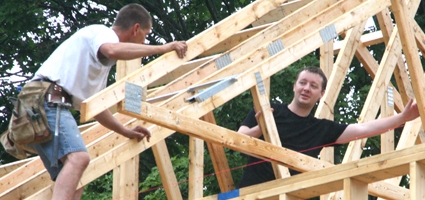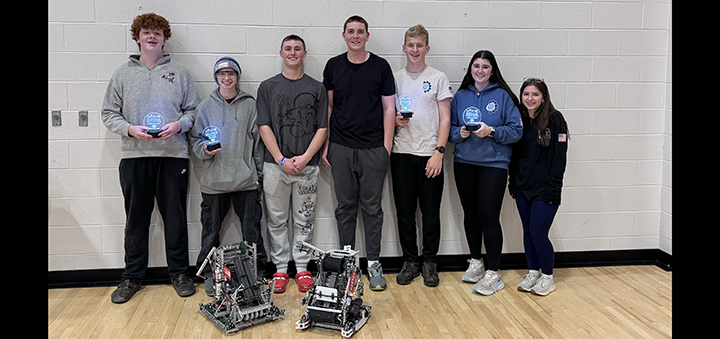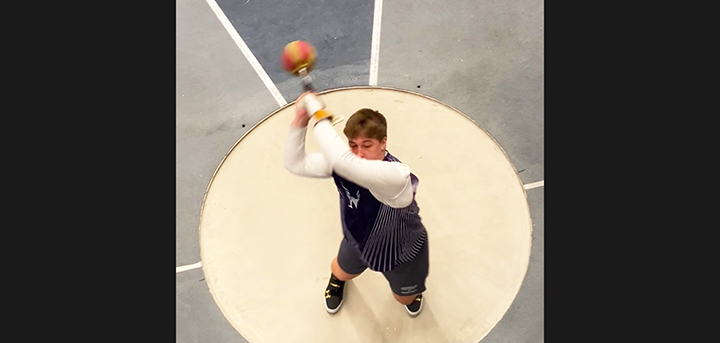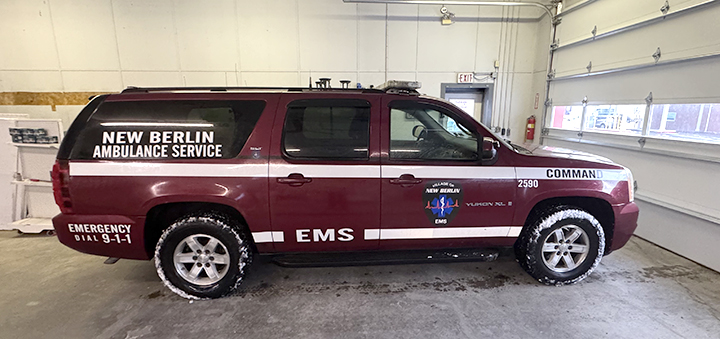Punching the Clock: Raise the roof
Living just across the street from one of the three new two-story homes being built in the City of Norwich, I’ve watched the house grow from a vacant lot to a hole in the ground, to a foundation, to the first floor’s wooden exoskeleton then to the second’s. So on a rainy Friday last week, I rolled up my sleeves to help build a roof.
The City of Norwich is building the homes at 23 Grove Ave., 52 Fair St. and 7 Waite St. as part of the Restore NY grant program.
Just over a month ago, construction began at 23 Grove Ave. and 52 Fair St. by R.L. Yale Construction, a Pitcher-based company which was awarded the bid for two of the properties.
Having zero experience with home construction from the ground up, I was impressed to learn that the two homes being built take a three-man crew working 8-9 hour days just four months to build.
That doesn’t count the specialty work of electricians, plumbers or cement contractors, though.
The three guys responsible: The company’s owner Ricky Yale and employees Steve Schutt and Jim Brown.
Our day on Fair Street began like so many others this year for contractors. We waited in the shell of the partially-completed home, watching rain clouds pass overhead and trying to decide if the lighter parts of the completely gray sky to the west meant a break in the weather was coming.










Comments